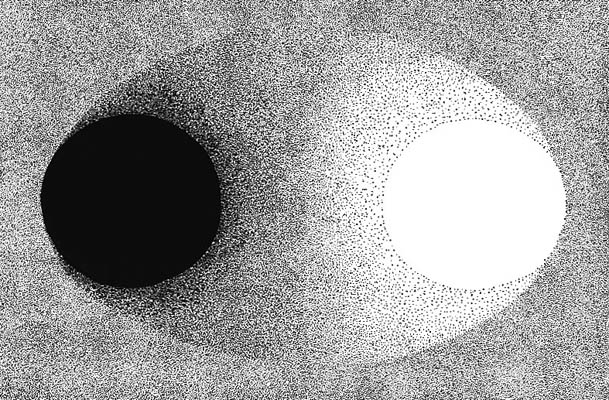
There is no actual inside, or the inside is just the outside of the outside: Descartes and Dualism
“For Wittgenstein, the problem with Cartesian dualism isn’t the distinction between mental and physical states. The problem is the metaphysical understanding of that distinction in terms of an inner-outer dualism. We use the word “inner” in everyday word use to talk about mental states, sensations, thoughts, images, moods, intentions, etc. That’s fine. The metaphysical problem arises when the inner and outer are treated as ontologically distinct domains. There is no actual inside, or the inside is just the outside of the outside. The inner-outer picture carries some incorrect assumptions with it, notably, the idea that I have privileged or direct access to my own thoughts (an insider’s view), which comes bundled with the idea that I cannot access another’s person’s thoughts, feelings, etc. Our language and our experience seem to suggest that those assumptions are simply wrong. Really, I can tell what other people are thinking, but never completely, and I can tell what I am thinking, but never completely. […] It is a philosophical pseudo-problem to think that the ego has to jump over some hurdle in order to know the other (the alter ego). That’s the epistemological equivalent of the ethical problem of jumping over one’s own shadow of self-interest in order to behave altruistically and care for others. There is no hurdle, because there is no world behind the scenes into which we need to leap in order to have some epistemic access to the mental states of others. We wear our hearts on our sleeves, which is not to say that hearts are easy to read.”
The above passage comes from a great post by Sam Mickey on the problem with Descartes; his thesis is that it’s not the dualism per se it’s the inner/outer picture we paint/imagine. I like where he’s going and I tend to agree; as Whiteheadian scholar, Tim Eastman, has pointed out in this paper, a “process-relational approach emphasizes a ‘duality without dualism’ which affirms the fundamental connection of such concepts as being/becoming, mind/matter, and symmetry/asymmetry, but does so in a way that avoids a simplistic symmetry of the dualities. In particular, contrasts are presented of the form “both A with respect to x and B with respect to y” instead of simple dualisms that set up some form of absolute “A versus B” opposition. In this way, a process framework grounds the “both-and” approach described below, which is embodied in the transition from classical to modern physics.”

0 Comments